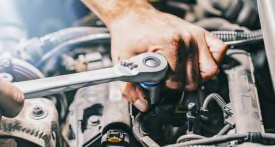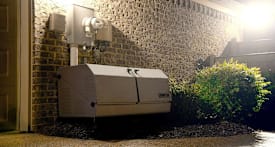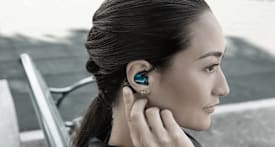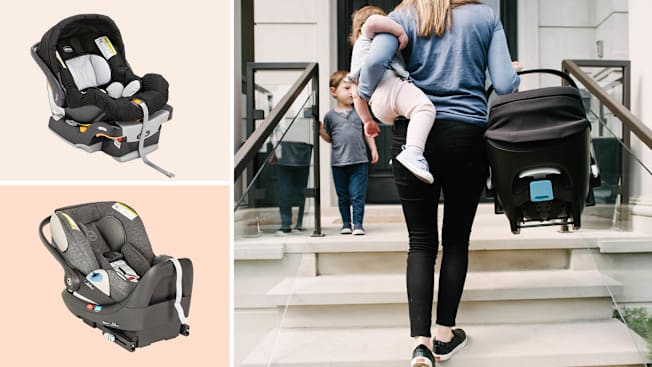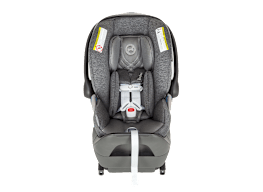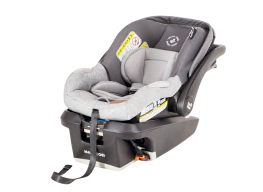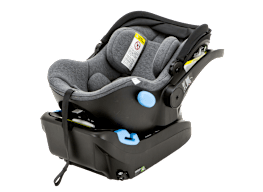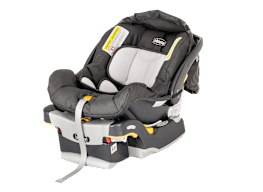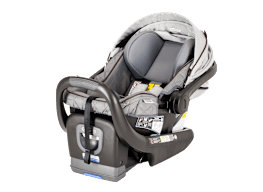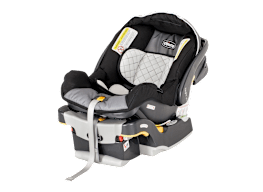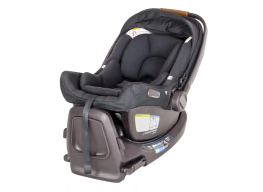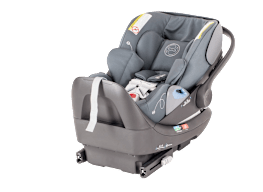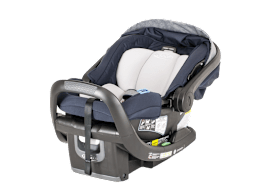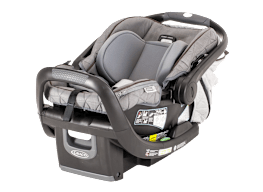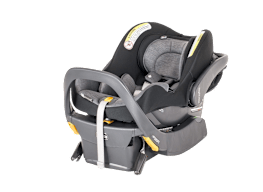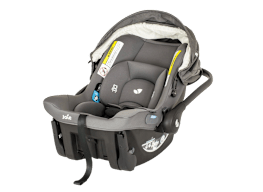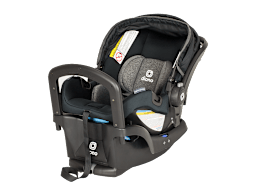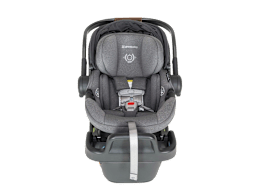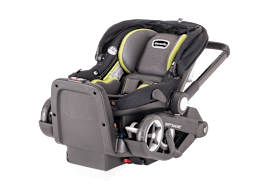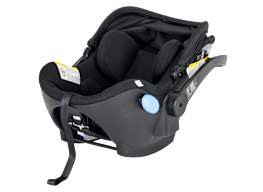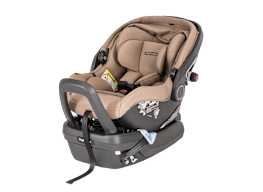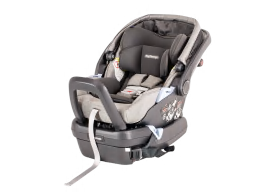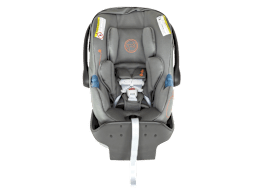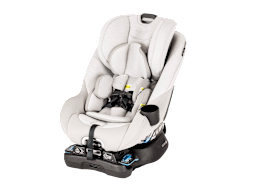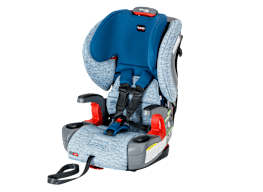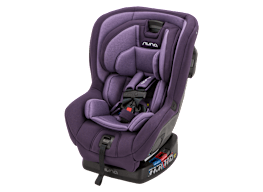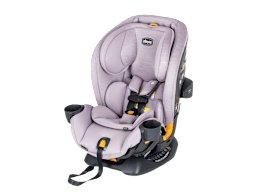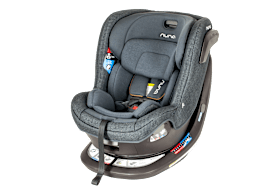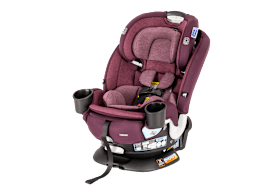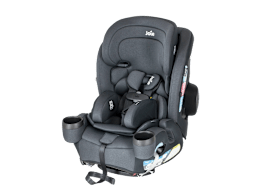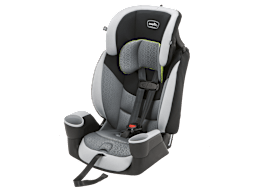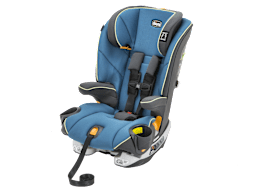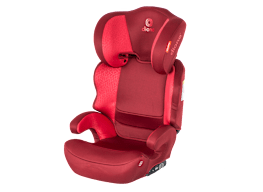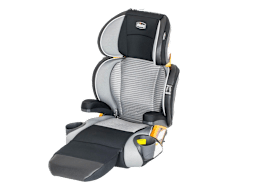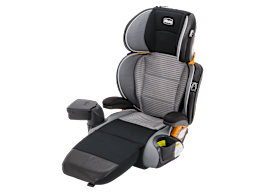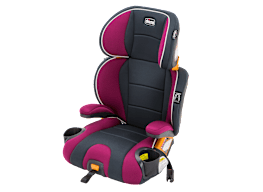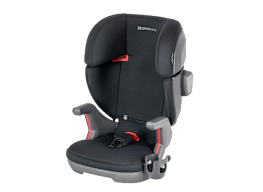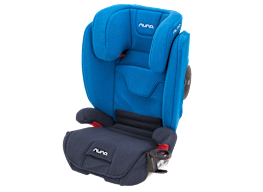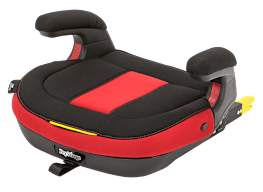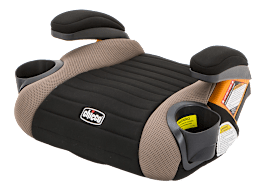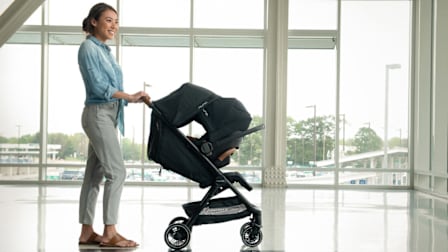Best Infant Car Seats of 2026, Lab-Tested and Reviewed
See the top-rated infant car seats that impressed our experts for safety, ease of installation, and vehicle fit
When you shop through retailer links on our site, we may earn affiliate commissions. 100% of the fees we collect are used to support our nonprofit mission. Learn more.
When you’re shopping for an infant car seat, it’s hard to know which one will work best for your child, car, and lifestyle. To help you narrow it down, here’s what CR’s car seat safety experts recommend you look for when choosing an infant car seat. Plus, find the top-rated infant car seats from our rigorous lab and crash testing.
Which Infant Car Seats Are Safest?
While all child car seats have to meet federal safety requirements, our ratings are designed to highlight the car seats that offer a greater margin of safety.
How CR Tests Car Seats
Learn more about how we test car seats for crash protection, ease of use, and vehicle fit.
Best Infant Car Seats
See more infant car seats we tested from Britax, Cybex, Doona, Evenflo, Graco, Joie, Romer, Uppababy, and others in our infant car seat ratings.
When Do Babies Outgrow an Infant Car Seat?
A rear-facing-only infant car seat is a safe option for transporting your baby home from the hospital and for the first 6 months to a year, or once your child reaches the weight or height limits for their infant car seat, whichever comes first. But if your child has reached their first birthday and is still fitting in their rear-facing infant seat, it’s best to switch them to a rear-facing convertible or all-in-one car seat.
Based on our statistical analysis from years of crash testing, CR’s certified passenger safety technicians recommend this switch, as our independent results show that a 12-month-old child dummy is far more likely to hit their head on the back of the front seat while in a rear-facing infant seat than they would be if they were riding in a rear-facing convertible or all-in-one seat.
What's a 'Load Leg,' and How Does It Affect Car Seat Safety?
CR’s infant car seat ratings include 12 load-leg infant seats, meaning a “leg” extends from the seat’s base to the floor of the vehicle. Four of the six top-rated infant seats in our ratings have a load leg base. Load legs make the seat more stable, help integrate the car seat into the vehicle during a crash, and reduce the amount of impact a baby would experience from crash forces.
Although the load leg takes an additional step during installation, setup is fairly quick and easy in most vehicle seating positions. But it’s important to note that some car manufacturers may not allow their use in the center rear seating position, especially if there’s a large “hump” in the floor for the driveline.
Load-leg seats are becoming increasingly common in the U.S., but our tests reveal that not all designs are created equal. Generally, having a car seat with a load leg offers an advantage in the event of a crash. But depending on the car seat’s overall design, our tests show that there may still be cases where the baby’s head can come into contact with the back of a front seat, increasing the risk of injury.
That impact against the simulated front seatback in our tests takes away points from the seat’s crash protection score. And some load-leg seats are easier to use than others, which can also affect the car seat’s fit-to-vehicle and ease-of-use scores.
How to Install a Car Seat
Child seats have come a long way over the years, but proper installation is key. Here, Consumer Reports’ car seat and automotive safety expert Jennifer Stockburger shows what to do to keep little ones safe in a car.
@consumerreports CR's car seat testing goes beyond federal safety standards to better simulate real-world crash conditions. Our most recent round of testing revealed significant issues for the Diono LiteClik30 XT and Peg Perego Primo Viaggio 4-35 Urban Mobility infant car seats. Find out how CR tests car seats, and what to do next if you own one of these seats through the link in our bio. #parentsoftiktok #babytiktok #carseat
♬ original sound - Consumer Reports


